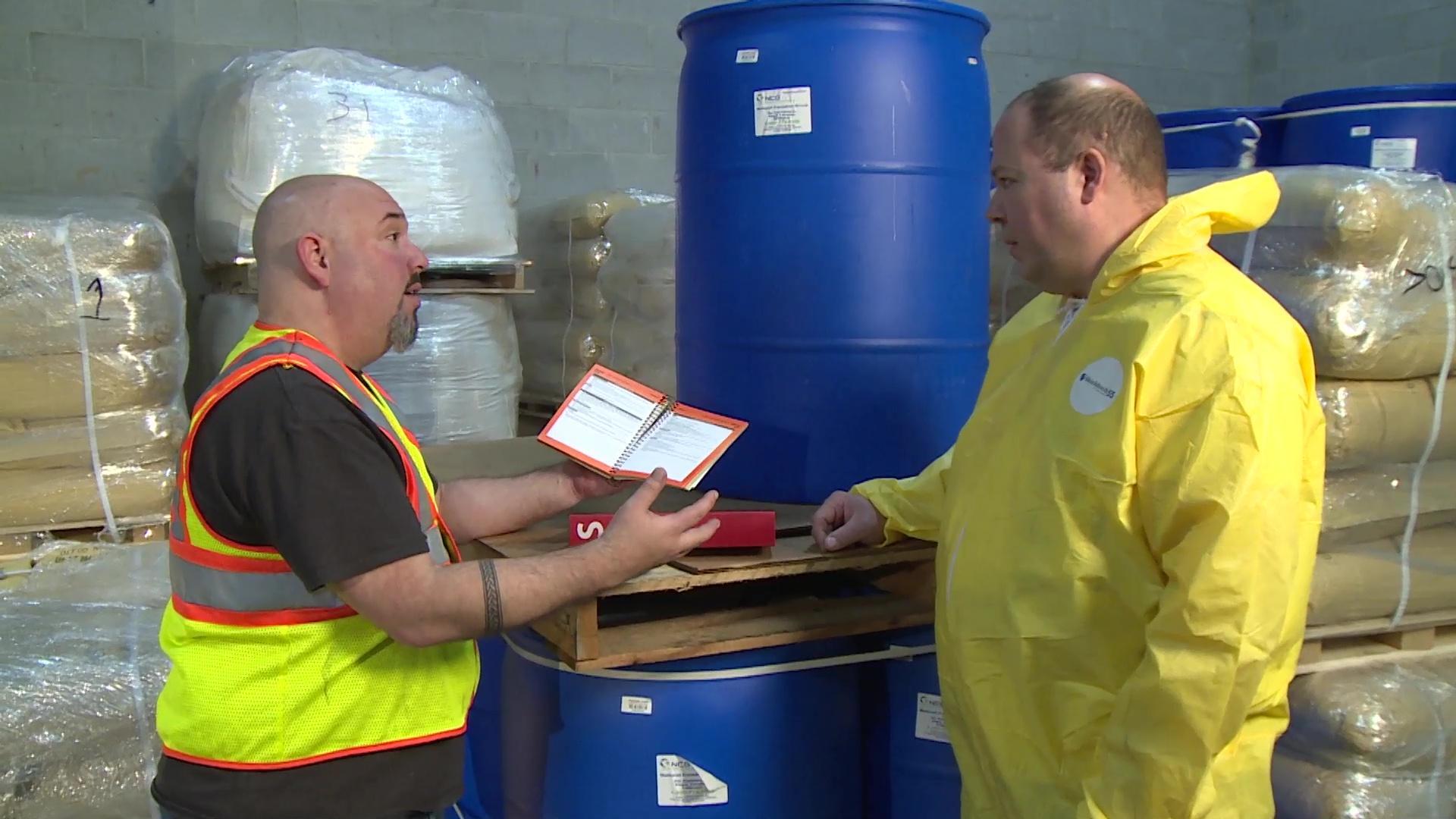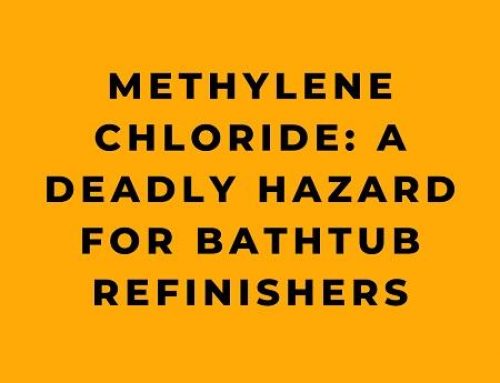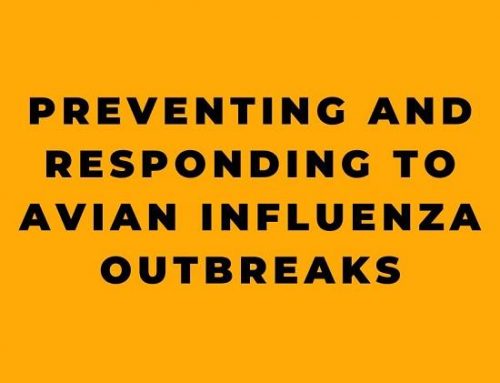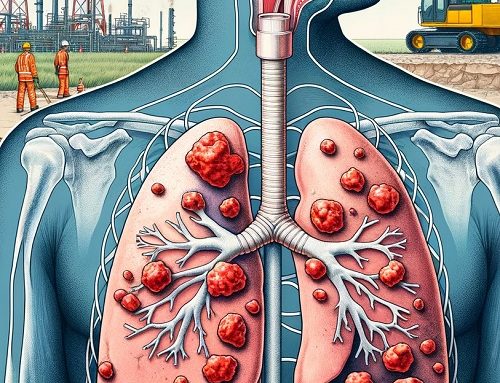The importance of DOT HAZMAT Safety Training in the workplace cannot be overstated. As a business owner or manager, it is your responsibility to ensure the safety of your employees and the public. One way to do this is by providing training on the proper handling and transportation of hazardous materials, also known as HAZMAT.
The Department of Transportation (DOT) regulates the transportation of HAZMAT in the United States. This includes setting standards for packaging, labeling, and training requirements for those who handle these materials. By complying with these regulations, you can help prevent accidents and protect the environment.
DOT HAZMAT Safety Training covers a wide range of topics, including how to identify hazardous materials, understand labeling requirements, and properly package and transport these materials. It also teaches employees how to respond in case of an emergency, such as a spill or fire.
Providing this training can be beneficial for both employees and employers. For employees, it can increase confidence and competence in their job tasks, as well as provide a greater understanding of the potential hazards they may encounter. For employers, it can help reduce the risk of accidents and injuries, leading to lower insurance costs and fewer lost work days. It can also improve compliance with DOT regulations, helping to avoid costly fines and penalties.
In addition, providing DOT HAZMAT Safety Training can also enhance a business’s reputation. Customers and clients will appreciate a company that prioritizes the safety of its employees and the community, and may be more likely to do business with them as a result.
Overall, investing in DOT HAZMAT Safety Training is a smart decision for any business that deals with hazardous materials. By providing this training, you can ensure the safety of your employees and the public, comply with regulations, and improve your business’s bottom line.
Do you need Online Training for DOT HAZMAT Safety Training?
Try a free demonstration of our DOT HAZMAT Safety Training, where you can see the full content of the training program and how the system works from the perspective of the trainee:










